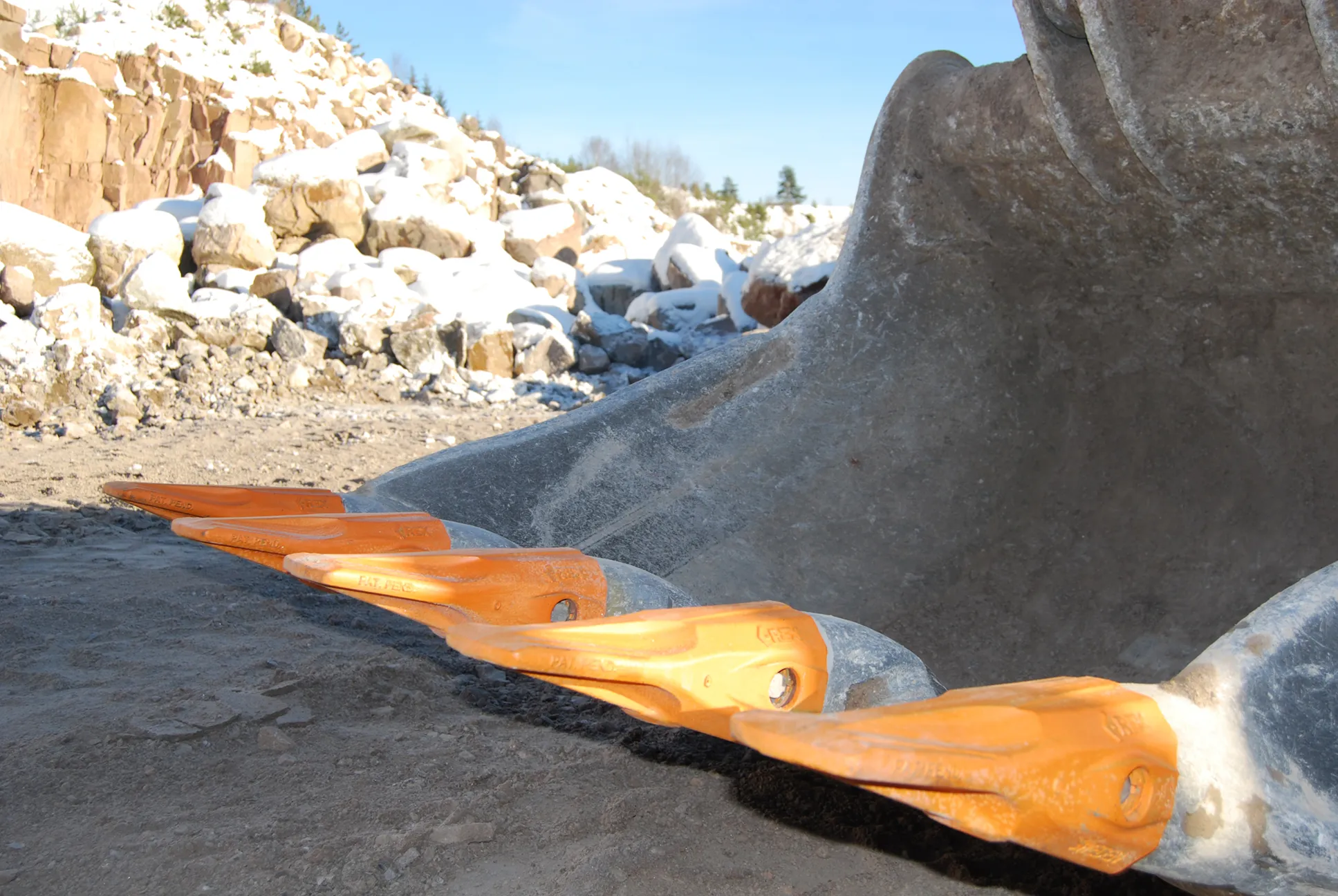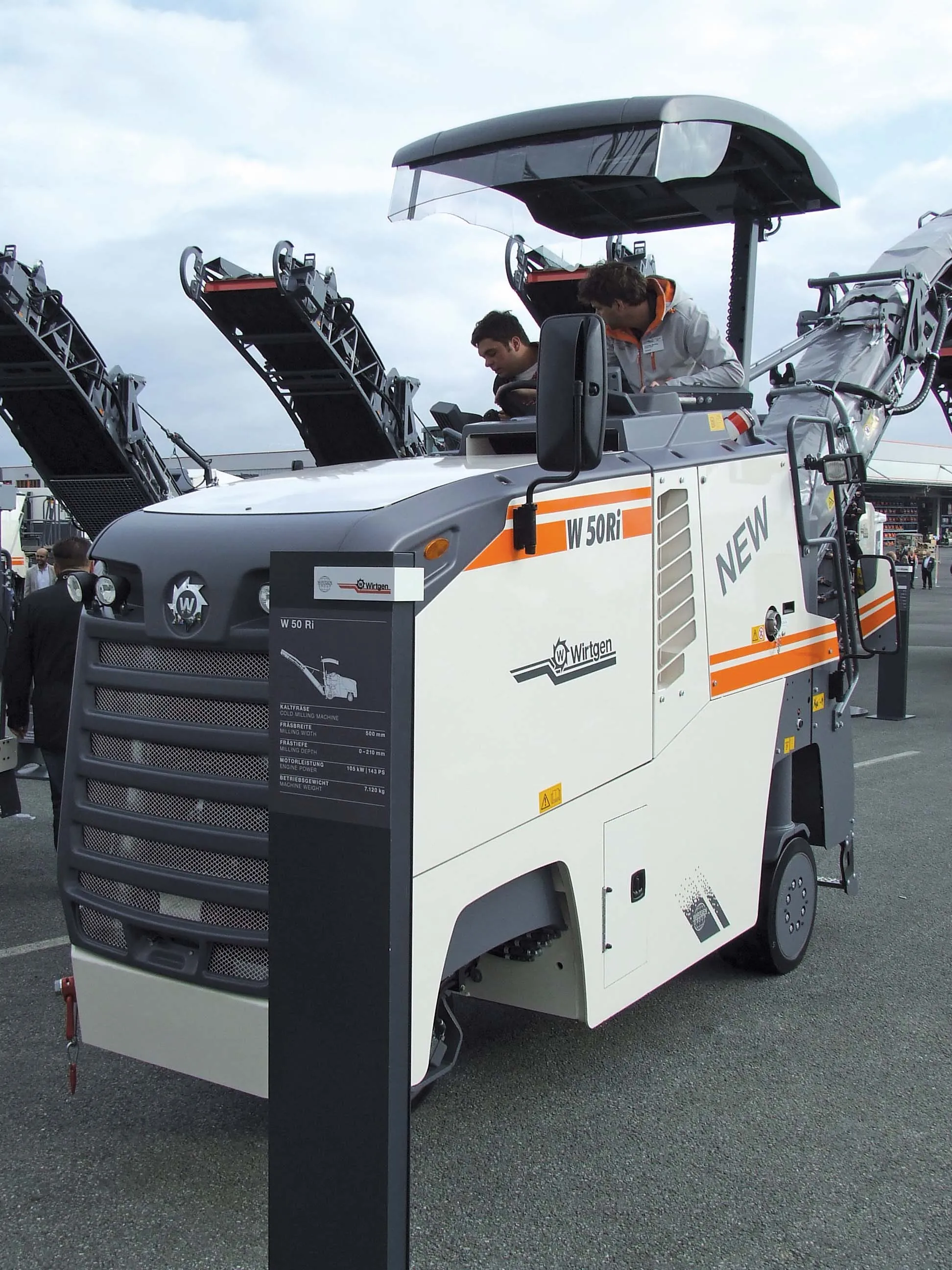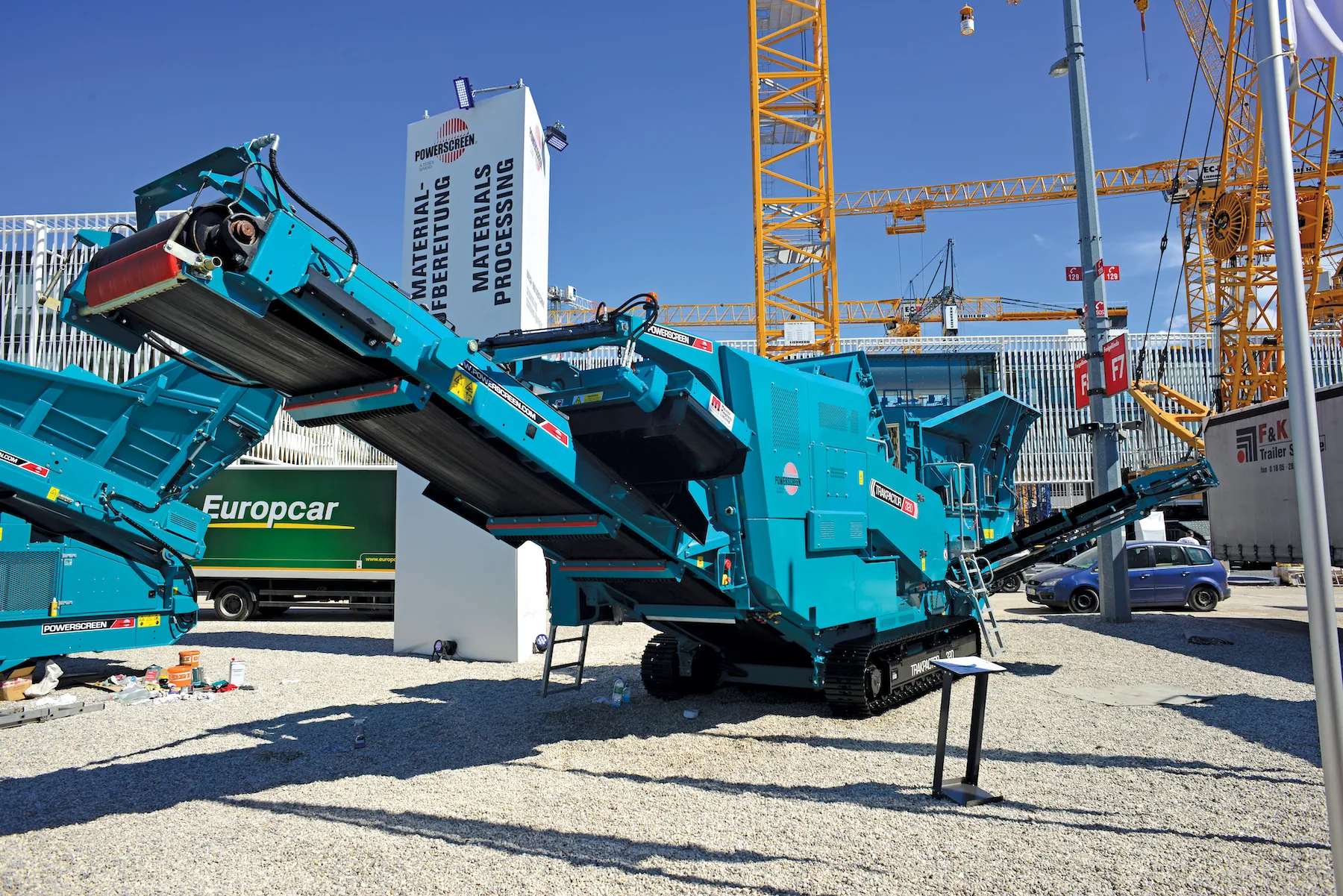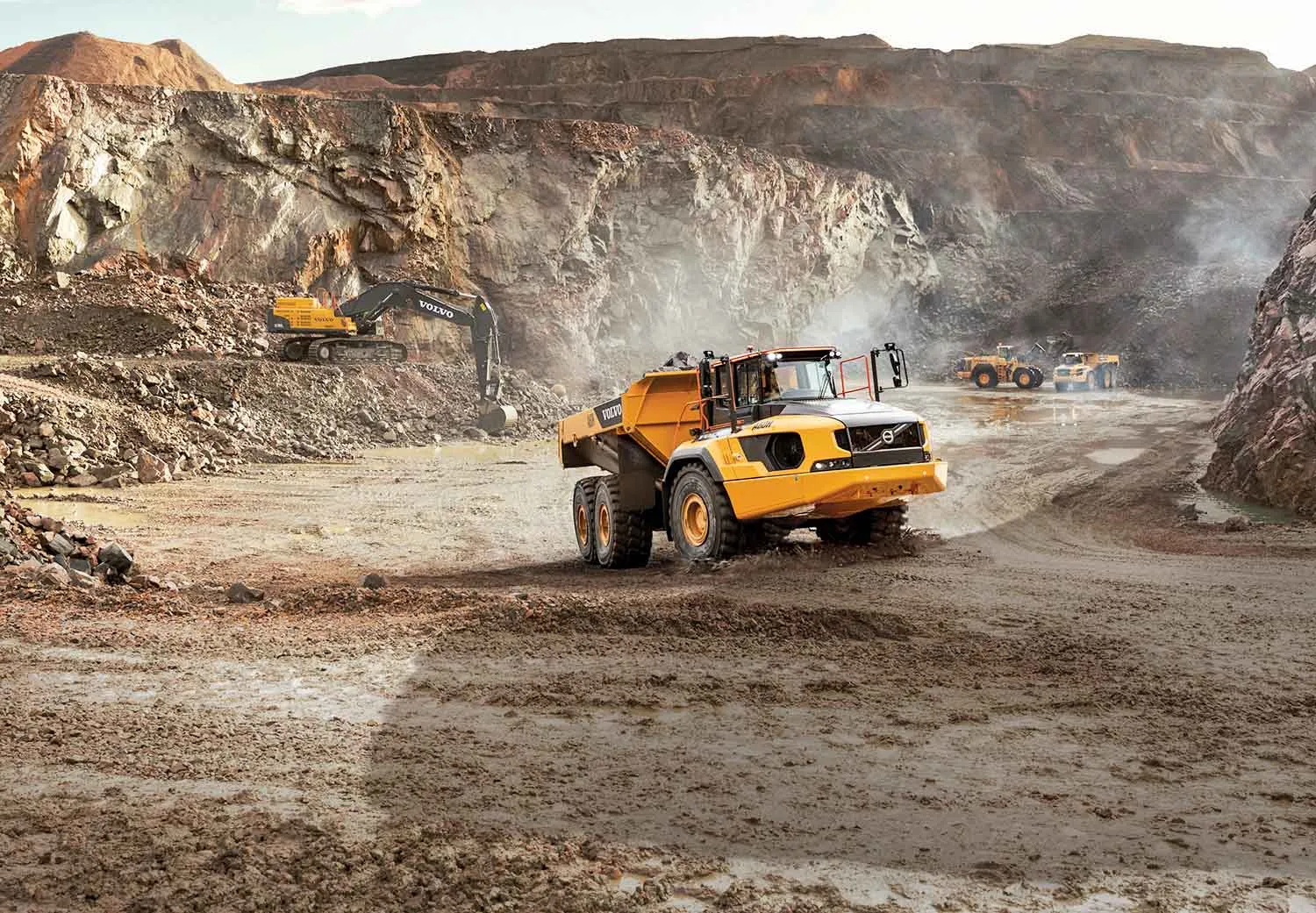Combi Wear Parts’ C-REX is a new wear parts system developed for excavators weighing 12-45tonnes and wheeled loaders weighing 12-55tonnes. “Even though the Combi parts system is also aimed for the construction segment, there is a lot of difference between C-REX and Combi parts. When we designed C-REX we kept the best features from Combi parts but we made some big improvements as well. For example we have developed a mechanical lock that makes mounting and dismounting teeth so much easier. The lock is hammer
March 15, 2016
Read time: 2 mins

“Even though the Combi parts system is also aimed for the construction segment, there is a lot of difference between C-REX and Combi parts. When we designed C-REX we kept the best features from Combi parts but we made some big improvements as well. For example we have developed a mechanical lock that makes mounting and dismounting teeth so much easier. The lock is hammerless and has just one loose part (the locking pin) that can be re-used throughout the life of the system,” says Sacha de Bilderling, sales manager at Combi Wear Parts.
Wechselberger explains: The C stands for construction. REX is a direct link to the dinosaur-era giant Tyrannosaurus Rex (T-Rex) who had “unequalled strength, extreme power and a razor-sharp bite.”
On C-REX, the teeth are longer and have been designed with a larger portion of wear material compared with the Combi parts system that was well known for good performance. The new C-REX adapters are also less sensitive to wear, which means users will get longer operation time from the adapter, thus saving costs for both production and maintenance.
All videos









